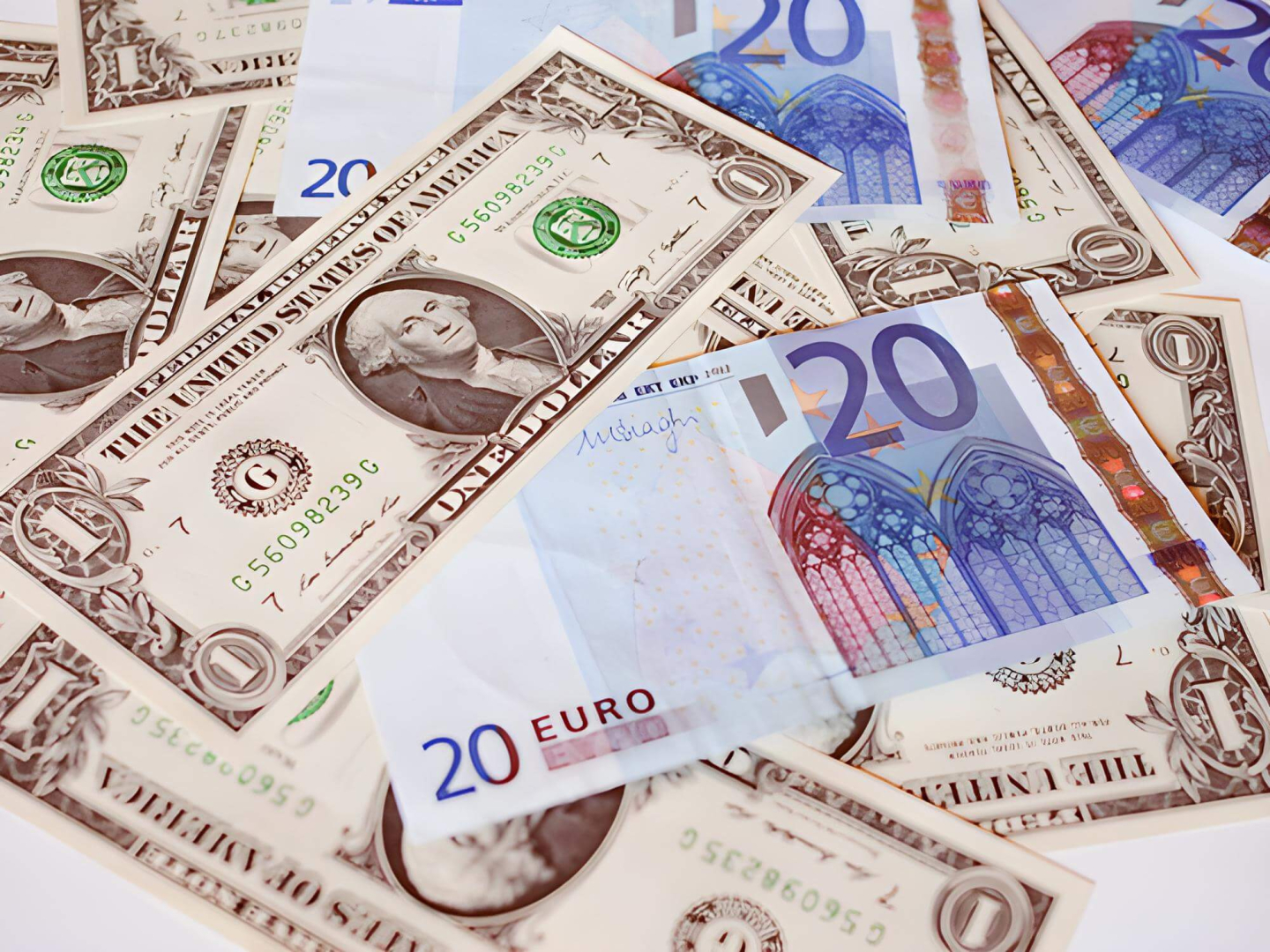EURUSD slides 0.5% after the announcement of a trade agreement between the United States and the European Union. The end of uncertainty regarding tariffs shifts the focus toward interest rate levels, although the prospect of monetary easing in the U.S. may limit euro weakness.
The announcement of the agreement briefly supported the EURUSD rate, which then plunged below the 100-period exponential moving average (EMA100, purple). Source: xStation5
The EU–US agreement announced on Sunday is generating euphoria on the European stock market, while the dollar is rebounding from its lows following a decline in trade war risk between the world’s two largest economic partners (the total value of EU–US trade exceeds €1.7 trillion). The EU agreed to accept broad 15% tariffs, which are also set to cover automobiles and pharmaceuticals—sectors previously at risk of even higher tariffs (although communication between Brussels and Washington regarding these sectors remains inconsistent).
However, it's worth noting that the negotiated rate is still higher than the previous 10%, and the overall average level of tariffs imposed by the U.S. is the highest since the 1930s. Thus, market optimism toward the dollar and equities might not align with the potential economic slowdown on both sides of the Atlantic—Bloomberg Economics still forecasts a decline in U.S. GDP growth in 2025 from 1.9% (pre-Independence Day) to 1.5% (currently).
All G10 currencies have entered a correction after six months of gains against the dollar (chart shows YTD percentage changes in exchange rates). Source: XTB Research
The scenario of an economic slowdown in the U.S. in the second half of 2025 should intensify pressure to cut interest rates. According to consensus forecasts, the Fed is not expected to begin easing at the upcoming FOMC meeting (July 29–30), but the rate-cutting cycle should begin in the fall (September or October, assuming a new wave of inflationary pressure and continued labor market stability).
In the short term, monetary factors may support a correction in EURUSD, although the return of easing and the recent pause by the ECB clearly limit the room for such a move. Additionally, investors are likely to begin pricing in a change in Fed leadership to a dovish nominee appointed by Trump (Powell’s term expires in May 2026).
A significant divergence between the German–U.S. 10-year yield spread (bottom chart, red) and EURUSD (bottom chart, gray) suggests that the exchange rate “has room to fall,” particularly in the short term. Source: XTB Research
Our decomposition of EURUSD fundamentals indicates a significant decrease in the influence of geopolitical risk (orange) on exchange rate formation. The bond yield spread (green) currently has the largest (negative) influence on the currency pair. A large positive residual in July (gray), on the other hand, suggests that EURUSD is overvalued relative to the current level of analyzed fundamentals. Data in the chart has been standardized. Source: XTB Research
Daily summary: Risk assets keep sliding on US rate cut jitters (17.11.2025)
Soybean at 15-month high on USDA report and US-China trade optimism 📈 🫛
Quantum Computing after Earnings: Quantum Breakthough?
Chart of the day: USDJPY (17.11.2025)


